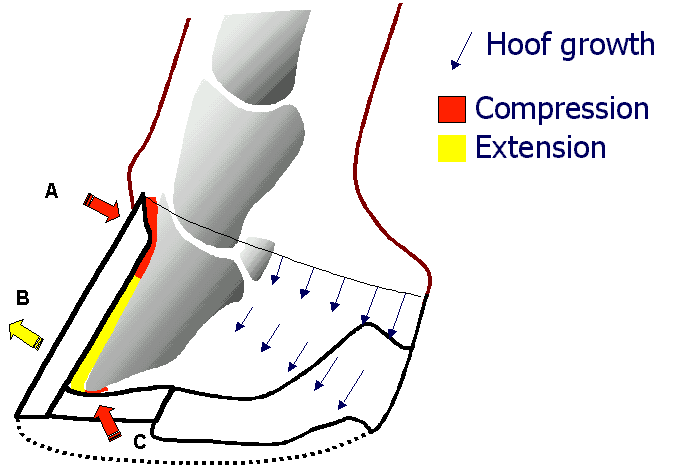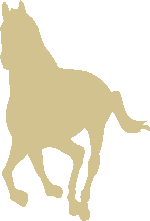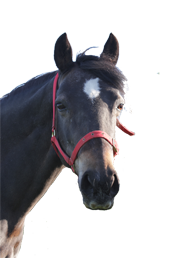Acute laminitis and the Dorsal wall Lifting theory
...the acute phase of laminitis is a response to active hoof capsule distortion which starts before all evidence of pain.
As the hoof capsule distorts it will exert forces of extension (Fig 1, B) onto the laminal structures within the dorsal hoof wall, while the dorsal coronary band is compressed (Fig 1, A). The lifted dorsal wall also pulls the solar plate upwards (Fig 1, C) causing compression of the solar corium as it is lifted upwards onto the distal border of the distal phalanx. Compression of the solar corium and at the coronary band will reduce blood flow in these areas. If enough laminae are damaged by this distortion process the distal phalanx will subsequently rotate or sink.

At this early stage hoof capsule distortion is not usually obvious to the observer. It will be at least a month or two later that the changes in hoof shape become obvious (Fig 2), but at the time of onset the normal laminae are so tightly packed that only small changes in hoof capsule shape will cause intense pain.

Laminal peeling
Rapid heel growth causes the hoof capsule to change shape because it induces the horn to curl forward. The dorsal hoof wall is lifted away from it's attachment to the distal phalanx in a peeling motion which starts at the ground surface of the hoof and migrates up the dorsal hoof wall. Laminal peeling requires less force to separate the hoof from the distal phalanx but is intensely painful.
If the distortion process is slow enough to allow the formation of distended laminae then the risk of rotation or sinking of the distal phalanx will be reduced. In very strong hoof shapes distortion is often rapid and the laminal structures fail catastrophically, rotation or sinking occurring very quickly.
It's proposed that blood flow will be compromised by the changing shape of the hoof capsule, either by entrapment from compression or trauma by extension of the tissues in which the blood vessels are situated. While in the heel area blood flow is not affected and the heels continue to grow rapidly. By this process differential hoof growth is accelerated in the severest cases.
Vertical Grooving
Vertical Grooving early in the acute phase has proved to be effective in reducing pain levels quickly and minimising the effects of hoof capsule distortion. Unfortunately, there is resistance from owners to grooving at this stage because externally the hoof looks normal and it's hoped that the laminitis will not be too severe with the animal recovering quickly, so owners are reluctant to disfigure the horses hoof with grooves. Also the grooving procedure is still not widely known or understood and this procedure is therefore not considered an option.
Previously the importance of hoof distortion has not been appreciated and most treatments for acute laminitis have been to address pain or provide support under the distal phalanx. By acting to minimise the effects of hoof capsule distortion as early as possible with vertical grooving, we are intervening more effectively and directly addressing the hoof capsule distortion which is destroying the laminae.
Several months after the acute phase, the forward deflection of the hoof capsule is demonstrated by this striped hoof.
Chronic Phase
Grooving Videos
See evidence of the benefits of grooving
Search
Find pictures, videos, etc
Updated: 23/04/2013

